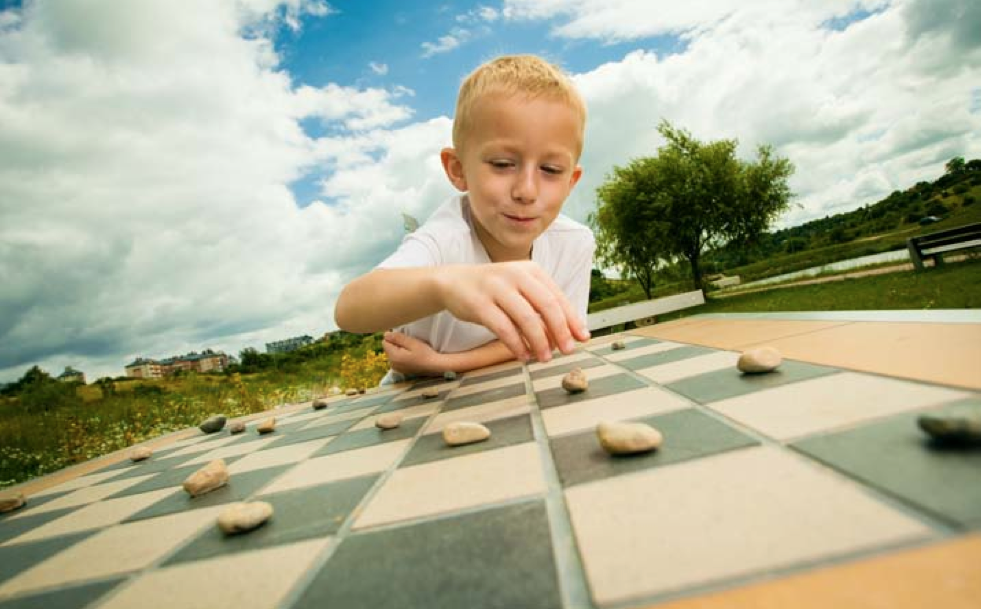There is a current movement that is keen to get children playing outside which involved organisations such as ‘Playing Out’, a Bristol based organisation that provides a range of advice and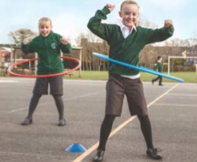 support to residents to help children play out more, and David Bond’s ‘Project Wildthing’, a documentary calling for more outdoor play. In schools I have seen the rise in Forest Schools, Learning Outside the Classroom programmes and in general, a greater awareness of the importance of Positive Playtimes for children’s wellbeing and learning.
support to residents to help children play out more, and David Bond’s ‘Project Wildthing’, a documentary calling for more outdoor play. In schools I have seen the rise in Forest Schools, Learning Outside the Classroom programmes and in general, a greater awareness of the importance of Positive Playtimes for children’s wellbeing and learning.
As parents, educators and responsible citizens we know how important playing outside is.
Research shows that: 1 in 4 primary school children claim to have experienced bullying in the school playground.
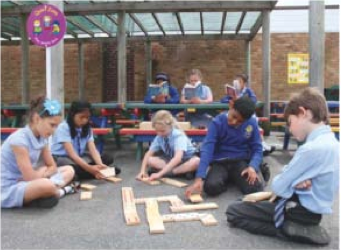 Children are four times more likely to be bullied in the school playground than online according to new research (February 2015) by Immediate Media Co in conjunction with the Anti-Bullying Alliance (ABA).
Children are four times more likely to be bullied in the school playground than online according to new research (February 2015) by Immediate Media Co in conjunction with the Anti-Bullying Alliance (ABA).
By 2050, 90 per cent of Britons will be overweight.
Learning through landscapes
My work involves running positive playground programmes nationally, and in February I joined a group of like-minded individuals on a two day Professional Accreditation Training Programme with Learning through Landscapes. The group comprised of two groups of people; one involved in ‘Transforming Spaces’ – designers and landscape architects and the other ‘Transforming Practice’ – teachers, facilitators, advisors and consultants. One attendee was Cathy Prisk, former Director of Play England, with whom I had a lot of contact when writing my books. I came away from this course inspired and re- connected to the importance of outdoor learning environments, and the benefits of choosing healthy lifestyles, being physically active and how the outdoors nurtures our hearts and souls.
So where do we start when thinking about playing outside during summer months?
Firstly, look at the outdoor space available. It’s often a huge relief to schools to see muddy fields transformed back into playground spaces. Assess the space – think about risk benefits and plan the development of Zoned Activity Areas.
Design your space
I would suggest drawing a rough diagram on a piece of A1 paper of your school and school grounds. Then think through how you are using the space currently and potentially how you could improve playtimes and the development of these areas.
Zoning 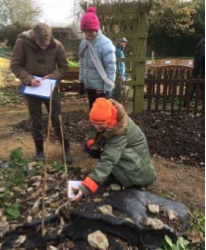
As there is greater space available in the summer months, it is important to think through the zoning of your play spaces.
At Kimpton, Thruxton and Fyfield C of E Primary School, Pam Simpson the Head Teacher and Jane Rimmingtom who line- manages the Lunchtime Supervisors, transformed their playground after working with me for a day. They say after purchasing equipment from Edventure:
“We have now put together ‘Craze Boxes’ which come out at lunchtime on a weekly basis with a different box every week. Playground PALS are in charge of the Craze Boxes and teach others how to use the equipment in it. Boxes have titles such as: Time Trials, Music, Balancing Skills, etc. The playground and field are now dissected into zones with different areas – Quiet Zone, Parachute Games, Craze Box, Games Area, Free Play and so on. I have to say that it has transformed lunchtimes with the benefits of more structured and cohesive play, and the children and Lunchtime Supervisors are a much happier bunch!”
In a survey of schools that improved their grounds, 73 per cent reported that behaviour had improved, 64 per cent claimed reduced bullying and 84 per cent observed improved social interaction.
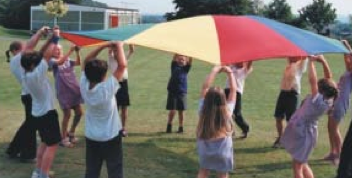 Playground Games’
Playground Games’
Playground games create a lot of fun and can involve large groups of children gathered together on the fields or playgrounds in the summer months. Traditional playground games have often been handed down from generation to generation. Sadly many of our children do not play on the streets today due to parental concerns of stranger danger and busy roads. I believe it is our responsibility to pass on the legacy of our old traditional games and this can be done by teachers in PE lessons and by Lunchtime Supervisors and Play Leaders at playtimes.
The drive to get children more physically active is a national concern. Obligatory PE may help, but if children are to choose healthy lifestyles into adulthood this needs to be part of their daily lives as children. For many children the school grounds are the only place they have the freedom to play together actively every day. The school playground can be an inspiring informal gym.
In a survey of schools that improved their playgrounds, 85 per cent reported increased active play and games. Simply providing more games equipment for children at break time can increase physical activity by a quarter. Small bits of kit such as hoops and skipping ropes inspire exercise and playground markings promote running games. Resources to encourage activity such as climbing, jumping and swinging help children become much fitter without even realising it.
Physical activity is so much more appealing when there’s a playground full of playmates to play with and activities to enjoy.